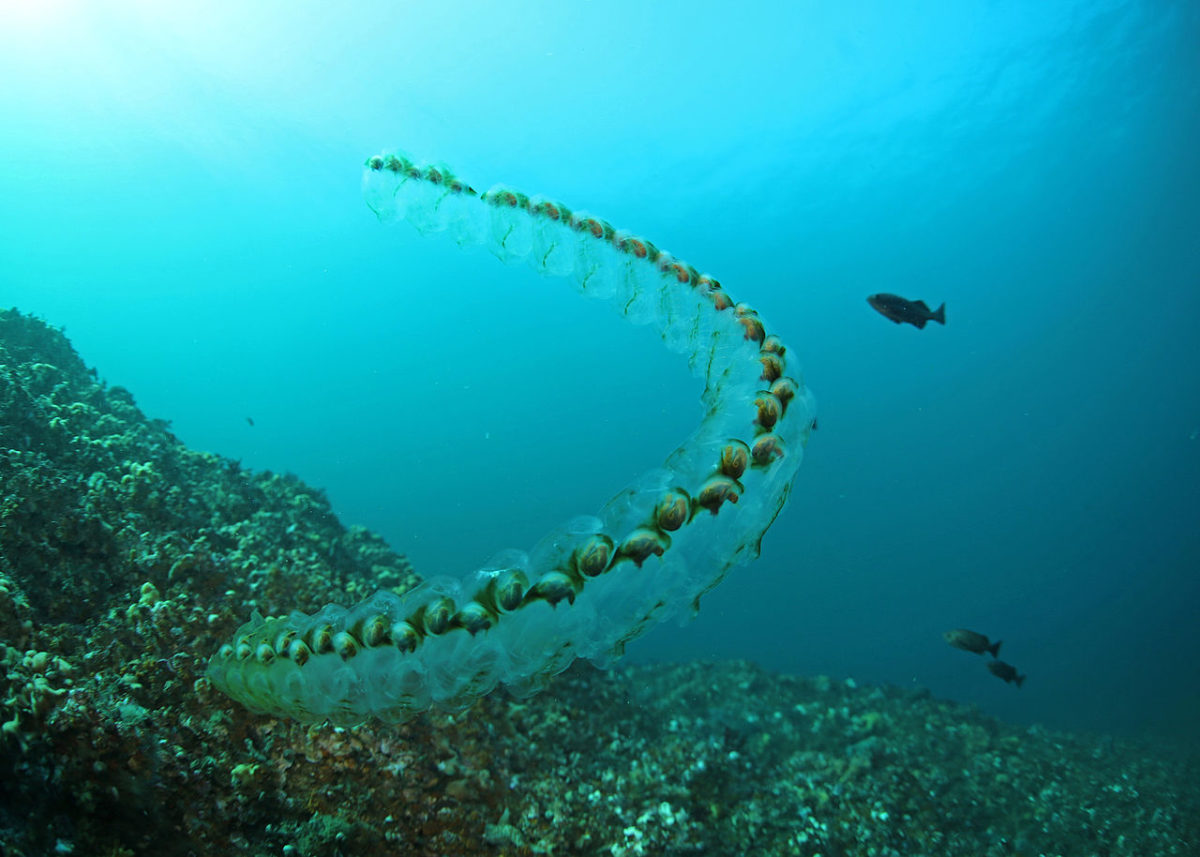Scientists from India's GMW Institute of Technology, the M. Kumarasamy College of Engineering, and the National Institute of Technology have used a new bio-inspired optimization algorithm, known as the salp swarm algorithm (SSA), to create a new hybrid algorithm technique for maximum power point tracking (MPPT) optimization in PV systems under partial shading.
The SSA, which has demonstrated its efficiency in a range of applications since it was created in 2017, is based on the swarming behavior of salps in the ocean. It can be applied to both single and multi-objective optimization problems.
The researchers noted the need to create a hybrid algorithm, as the SSA alone presents two main shortcomings – a lack of variety in solutions, and tenacious early convergence.
“Due to these limitations, SSA calls for additional improvement, modifying or hybridizing with other searching techniques, to avoid the early convergence to enhance the performance,” they said.
Popular content
Their HSSA hybrid technique was simulated through MATLAB-based Simulink software. The HSSA operates first through the SSA, which finds the initial global peak (GP) operating point. This is then followed by a perturb and observation (P&O) algorithm, which is most commonly used for PV applications, in the last stage to achieve a faster convergence rate.
“Thus, the computational burden met by the conventional methods such as standalone P&O, hybrid gray-wolf-optimization (HGWO), and hybrid whale-optimization algorithm (HWOA) algorithm reported in the literature is overcome by the proposed hybrid SSA algorithm called HSSA,” the academics explained. “The HSSA also results in a high tracking efficiency with a quicker convergence.”
They presented the hybrid algorithm in “A novel salp swarm assisted hybrid maximum power point tracking algorithm for the solar photovoltaic power generation systems,” which was recently published in Automatika Journal for Control, Measurement, Electronics, Computing and Communications.
This content is protected by copyright and may not be reused. If you want to cooperate with us and would like to reuse some of our content, please contact: editors@pv-magazine.com.



2 comments
By submitting this form you agree to pv magazine using your data for the purposes of publishing your comment.
Your personal data will only be disclosed or otherwise transmitted to third parties for the purposes of spam filtering or if this is necessary for technical maintenance of the website. Any other transfer to third parties will not take place unless this is justified on the basis of applicable data protection regulations or if pv magazine is legally obliged to do so.
You may revoke this consent at any time with effect for the future, in which case your personal data will be deleted immediately. Otherwise, your data will be deleted if pv magazine has processed your request or the purpose of data storage is fulfilled.
Further information on data privacy can be found in our Data Protection Policy.